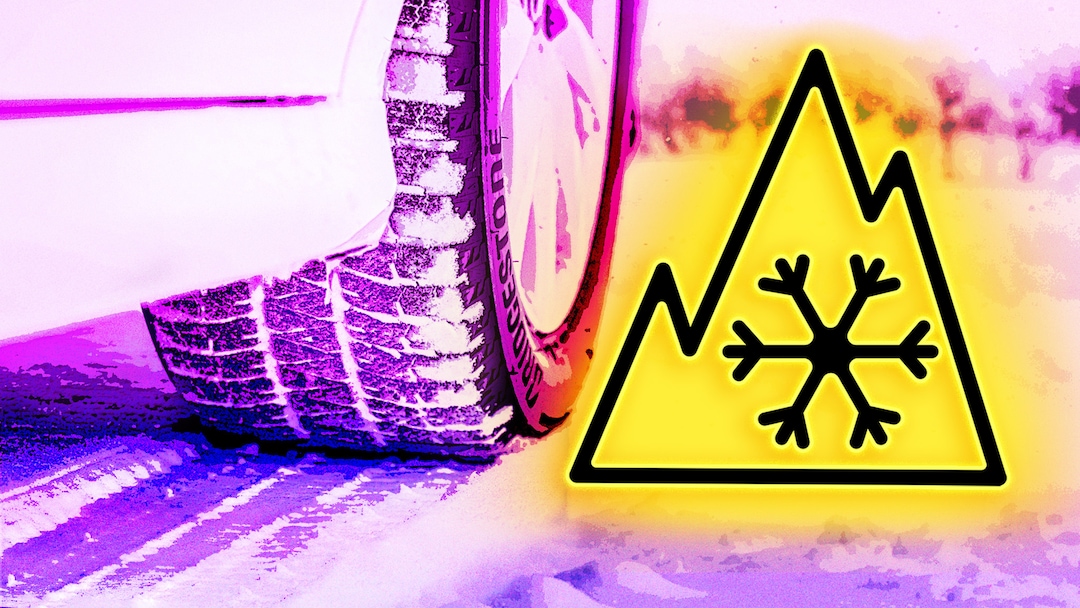Understanding All-Season Tires with 3-Peak Mountain Snowflake Ratings
We understand why some drivers hesitate to opt for dedicated winter tires, even though many all-season tires struggle in snowy conditions. Purpose-built compounds and tread patterns in winter tires—such as Bridgestone Blizzaks and Nokian Hakkapeliittas—offer superior performance when roads become slick and icy. However, the cost, storage requirements, and hassle of changing tires twice a year can deter consumers.
Consequently, all-season tires dominate around 90 percent of the U.S. tire market. Yet, only a select few can proudly display the 3-peak mountain snowflake (3PMSF) symbol on their sidewalls. These all-season tires supposedly provide the best of both worlds: durability and low road noise in warm weather while maintaining safety during harsh winter conditions.
The Importance of 3-Peak Mountain Snowflake Ratings
It’s important to recognize, however, that not all snowflake-rated tires deliver the same level of performance. The way these tire ratings are determined is less complicated than you may think. When prototypes are assessed for a 3PMSF rating, they undergo the American Society for Testing and Materials F1805 test. For a tire to earn this rating, it must perform better than the standard reference test tire (SRTT) used across the industry.
During testing, the evaluated tire is mounted on a trailer loaded with weight to simulate the mass and traction of a vehicle. The tire is then rotated on a standardized medium-packed snow surface, where the test measures accelerative traction. A tire must achieve a minimum of 10 percent better performance than the SRTT.
Understanding Performance Differences
This assessment approach means that each 3PMSF-rated tire can provide adequate traction on one specific surface, allowing you the ability to start moving or maintain momentum in a snowy environment. However, since testing does not cover braking capabilities, lateral grip, or performance on ice, differences among snowflake tires can be significant. Essentially, while one tire may allow smooth navigation through a winter turn, another may cause your vehicle to slide.
Real-World Testing of All-Season Tires
We had the chance to compare Bridgestone’s WeatherPeak against Michelin’s CrossClimate 2—both top models featuring the snowflake symbol. We utilized the same tire sizes mounted on identical 18-inch wheels and driven by consistently equipped all-wheel-drive Toyota Camrys. Conducted on a slick winter driving track, both tire sets displayed comparable accelerative and braking performance. That said, Bridgestone’s tires provided slightly more confidence and traction in cornering situations.

Making Informed Choices
Our specific experience does not account for each tire’s dry-weather performance, ride comfort, durability, or noise levels. Furthermore, the testing was conducted on Bridgestone’s premises, which adds another layer of context to keep in mind. Nonetheless, it illustrates that not all 3PMSF-rated tires are created equal. Like any major purchase, thorough research is essential—notably through reliable resources. The advice remains true: invest wisely in everything that connects you to the ground—whether that pertains to footwear, bedding, or your vehicle’s tires.




